Whether you’re a seasoned hiker, a military enthusiast, or simply an outdoor explorer, having the right compass can elevate your adventures to new heights. Magnetic compasses are the most common and reliable type for outdoor navigation, providing dependable direction by utilizing Earth's magnetic field. Navigating the wilderness demands more than just a good sense of direction—it requires a reliable compass that delivers precision, durability, and user-friendly features.
In this comprehensive guide, we delve into the world of compasses, highlighting various types tailored to different needs and emphasizing the importance of understanding different compasses and their features for various activities. From basic models perfect for beginners to advanced instruments designed for professionals, each compass featured here has been carefully selected based on its features, user feedback, and proven performance in the great outdoors.
Introduction to Navigation
Navigation is the art and science of finding your way from one place to another, whether you’re trekking through dense forests, crossing open plains, or exploring unfamiliar trails. At its core, navigation is about understanding your surroundings, planning your route, and making informed decisions to reach your destination safely. For outdoor enthusiasts, mastering navigation is essential—not only does it prevent you from getting lost, but it also empowers you to explore with confidence and independence. Among the many tools available, the compass stands out as a timeless and reliable instrument, harnessing the Earth’s magnetic field to help you determine direction and stay on course, no matter where your adventures take you.

Getting Started with Compass Navigation
Embarking on your journey with a compass begins with understanding its fundamental components and how they work together to guide you. The heart of every compass is the magnetic needle, which aligns itself with the Earth’s magnetic field and points toward magnetic north. This is different from true north, so it’s important to recognize the distinction when plotting your course. The rotating bezel, marked with degrees or cardinal points, allows you to set and follow a specific direction of travel. By turning the bezel, you can align the orienting arrow with the compass needle, ensuring accurate readings as you move.
The baseplate provides a flat, transparent surface that makes it easy to measure map distances and align your compass with map features. Many baseplate compasses also include a straight edge and map scales for precise navigation. Lensatic compasses, often used in military applications, feature a sighting lens for pinpoint accuracy when taking bearings on distant objects. Understanding how the compass needle points, how to use the rotating bezel, and how to interpret your readings are the first steps toward mastering compass navigation. Choosing the right type of compass—whether baseplate, mirror, or lensatic—will further enhance your ability to navigate confidently in any environment.
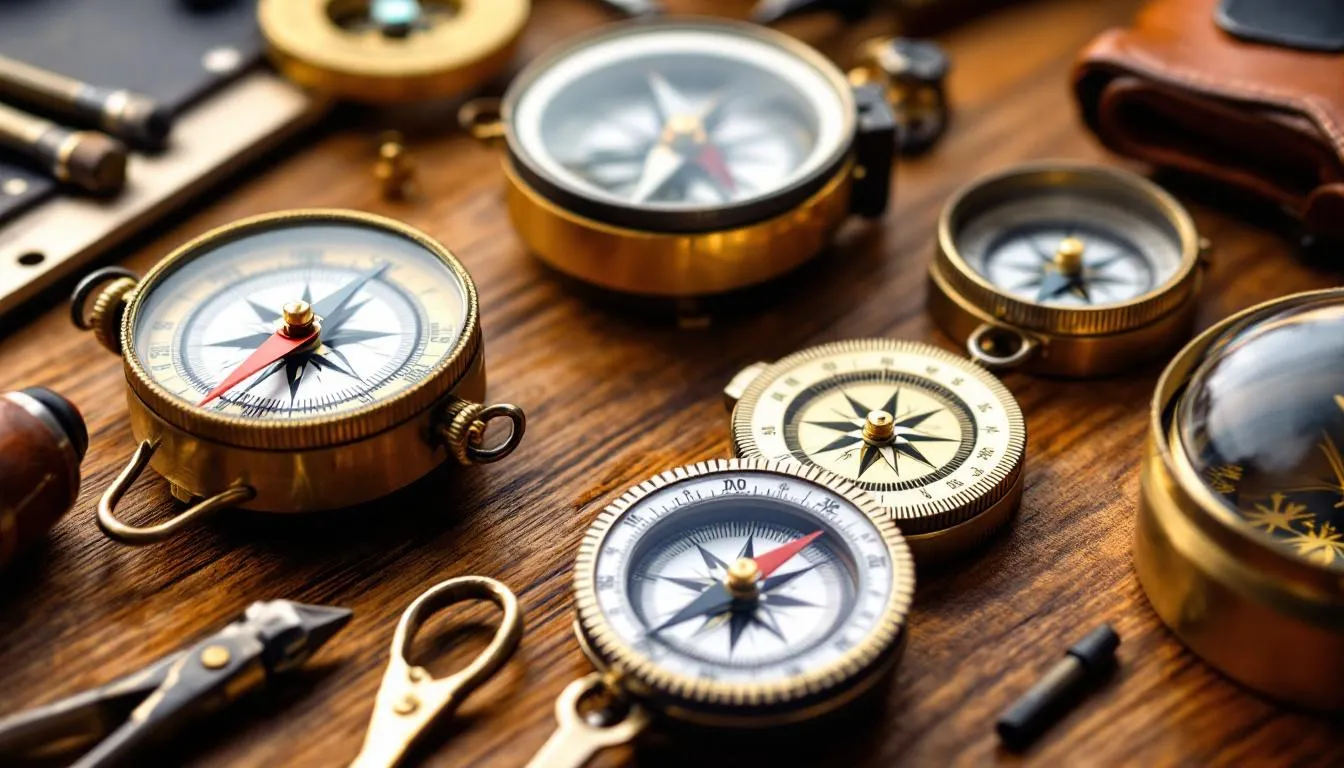
1. Suunto MC-2G Global Compass
Description: The Suunto MC-2G is a premium global needle compass engineered for serious navigators. Its global needle operates flawlessly across both the northern and southern hemispheres, making it an excellent choice for worldwide travel. The Suunto MC-2 Compass is one of the most popular devices in the compass industry, known for its reliability and precision.
Exclusive Insights:
- Global Needle: Provides accurate readings regardless of hemisphere.
- Adjustable Declination: Enables quick, tool-free adjustments.
- Magnifying Lens: Assists in reading intricate map details.
- Glow-in-the-Dark: Ensures visibility in low-light conditions.
Customer Review: "I've relied on the Suunto MC-2G across multiple continents, and it has never disappointed. The global needle’s accuracy and the glow-in-the-dark feature are game-changers for night treks. Truly the most dependable compass I've ever owned!" - Alex, avid traveler and hiker.
2. Cammenga 3H Tritium Military Compass
Description: The Cammenga 3H is a rugged, military-style lensatic compass trusted by US military personnel. Built to endure, it boasts a waterproof and shockproof design with tritium illumination for continuous low-light visibility. Cammenga's Military Compass is the official compass manufacturer for the U.S. military, ensuring its reliability and precision in demanding conditions.
Exclusive Insights:
- Tritium Illumination: Provides consistent light for over 12 years.
- Lensatic Sighting: Delivers precise readings and an accurate bearing for reliable navigation.
- Robust Construction: Designed for harsh environments.
- Waterproof and Shockproof: Ready for all weather conditions.
Customer Review: “During my military training, the Cammenga 3H was my lifeline. Its unmatched accuracy and rugged build have stood the test of time. Even after years of use, it functions like new!” - Sgt. John Carter.
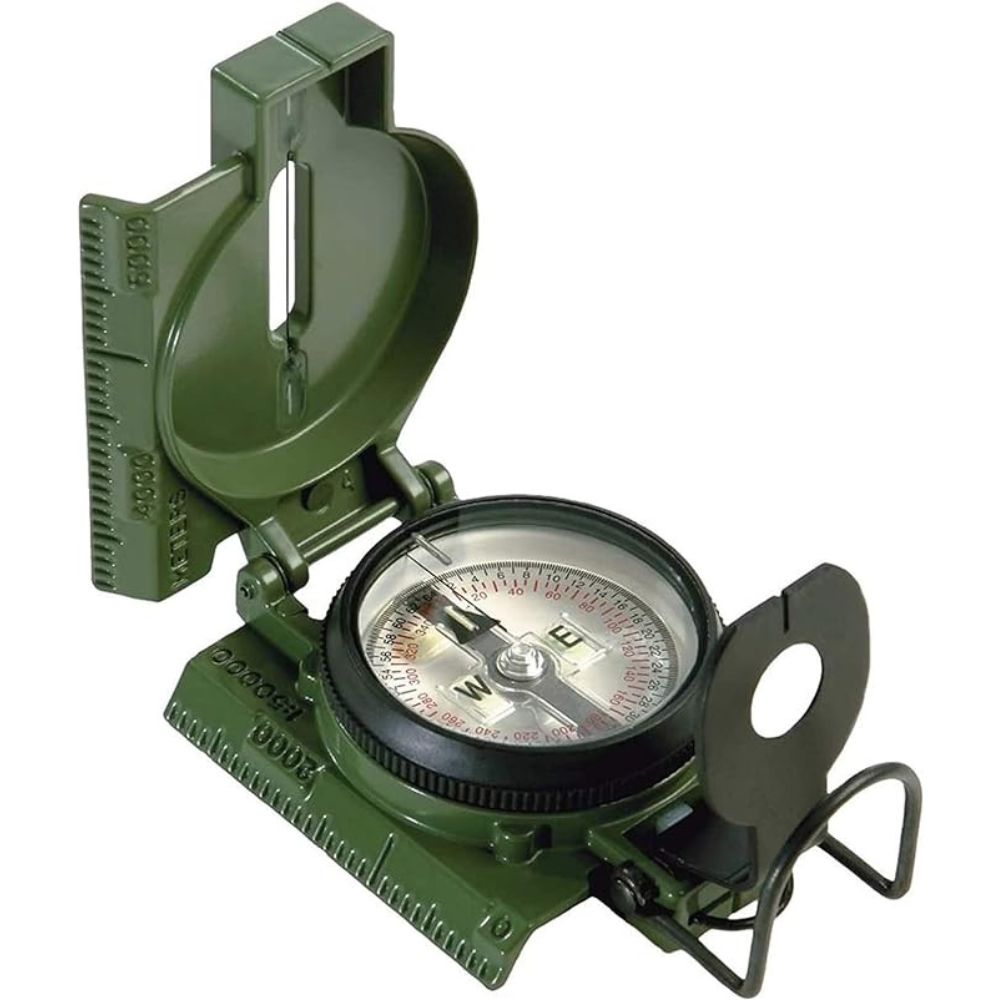
Best Compass for Outdoor
Cammenga Official US Military Tritium Lensatic Compass
3. Silva Ranger 2.0 Compass
Description: The Silva Ranger 2.0 is a feature-rich compass ideal for hiking and orienteering. Equipped with a sighting mirror and declination adjustment, it enhances accuracy and ease of use. The Silva Ranger 2.0 is very similar to the Suunto MC-2 and is hard to review without comparison, as both offer exceptional features for outdoor navigation.
Exclusive Insights:
- Sighting Mirror: Improves precision when targeting distant objects.
- Declination Adjustment: Simplifies calibration for magnetic declination.
- Luminous Markings: Facilitates navigation in low-light situations.
- Additional Features: Includes a clinometer to help users assess avalanche hazards in mountainous terrain.
Customer Review: “I rely on the Silva Ranger for my hiking trips. The sighting mirror and luminous markings make navigation straightforward in all conditions. A fantastic compass I highly recommend.” - Emily, passionate hiker.
4. Brunton TruArc 3 Baseplate Compass
Description: Perfect for beginners, the Brunton TruArc 3 offers a straightforward design with a global needle and tool-free declination adjustment. It’s a budget compass that doesn’t compromise on quality, making it an accessible entry point for those seeking an affordable navigation tool.
Exclusive Insights:
- Global Needle: Effective across northern and southern hemispheres.
- Tool-Free Declination: Easily adjustable on the go.
- Compact Design: Lightweight and travel-friendly.
- Budget Compass: Great value for money, ideal for budget-conscious users.
Customer Review: “As a newcomer to orienteering, I found the Brunton TruArc 3 incredibly user-friendly. It’s reliable, affordable, and the global needle is a huge bonus for my travel plans. Highly recommended for beginners!” - Lisa, orienteering novice.
Expand Your Horizons: Key Features of Modern Compasses
11. Key Features to Look for in a Compass
Understanding compass use is essential for effective navigation, covering both basic principles like needle alignment with magnetic north and advanced techniques. Selecting the right compass means understanding the features that enhance your navigation. A rotating bezel is essential for setting bearings and aligning with your map. Look for a compass with luminescent markings on the bezel to ensure readability in low-light conditions. A magnifying glass on the baseplate can be invaluable for examining map details closely, helping you stay on the correct path. These features boost usability and reliability across diverse environments. Additionally, a clinometer measures the steepness of a slope, which can help assess avalanche hazards and improve safety in mountainous terrain.
Additionally, the compass needle points are designed for high sensitivity and accuracy, allowing you to quickly pinpoint your direction. Military style lensatic compasses often include a sighting notch, enabling precise alignment with distant landmarks—an invaluable feature when navigating unfamiliar terrain. Clear and easy-to-read compass scales and map scales on the baseplate, such as a dedicated compass scale for measuring map distances, allow you to measure distances efficiently, making your journey smoother and more enjoyable.
Types of Compasses: From Basic to Advanced
Compasses come in a variety of designs, each tailored to specific navigation needs and environments. Knowing the differences between compass types will help you select the best compass for your adventures, whether you’re a beginner or a seasoned explorer.
Baseplate Compass
A baseplate compass is a favorite among hikers and backpackers for its simplicity and versatility. Featuring a flat, transparent baseplate, this compass is designed to be used directly on a map, making it easy to plot routes and measure distances. The rotating bezel allows you to set your bearing, while the magnetic needle provides reliable direction-finding. Many baseplate compasses include a magnifying lens for reading fine map details, declination adjustment for aligning with true north, and a straight edge for measuring map distances. These features make baseplate compasses an excellent choice for both beginners and experienced navigators who value accuracy and ease of use.
Mirror Compass
A mirror compass takes navigation a step further by incorporating a sighting mirror, which enables you to take precise bearings on distant objects while simultaneously viewing the compass dial. This design is especially useful for orienteering and backcountry navigation, where accuracy is paramount. The rotating bezel and declination adjustment features allow for quick and easy calibration, while the luminous dial ensures visibility in low-light conditions. Mirror compasses are prized for their ability to provide accurate readings and are often the go-to choice for those who need to determine direction with confidence in challenging terrain.
Lensatic Compass
The lensatic compass, also known as a military-style compass, is built for durability and precision in demanding environments. It features a lensatic sighting system, which uses a magnifying lens to read the compass dial and a sighting wire or notch to align with distant landmarks. A lensatic compass requires you to sight an object while looking through a hinged lens to obtain an accurate reading. The rotating bezel and declination adjustment make it easy to set and maintain your bearing, while the robust construction ensures reliability in the field. Lensatic compasses are favored by military personnel and serious adventurers who require a compass that can withstand tough conditions and deliver highly accurate readings every time. With features like a magnifying lens and sturdy housing, lensatic compasses are ideal for those who demand the best in compass features and performance.
Master the Art of Navigation: How to Use a Compass Effectively
Venturing into the wilderness requires not only a reliable compass but also the skill to use it effectively. First, ensure your compass suits your region; compasses calibrated for the northern hemisphere may be less effective in the southern hemisphere due to magnetic variations. Hold your compass flat to allow the needle to pivot freely, and keep it away from magnetic interference to maintain accuracy, as environmental factors can impact the compass's accuracy.
Next, learn to read your compass properly. The magnetic needle points toward magnetic north, not true north—a crucial distinction. Proper compass reading, including accounting for magnetic declination, is essential for accurate navigation. To follow a course, rotate the compass housing until the orienting arrow aligns with the needle, then move in the direction indicated by the travel arrow. Regularly check your bearing to adjust for deviations and stay on course. This method, known as map and compass navigation, helps you measure distances and maintain your bearing even when GPS devices fail.
Discover the Night: Best Glow-in-the-Dark Compasses for After-Dark Adventures
Navigating after sunset can be challenging, but glow-in-the-dark compasses provide essential visibility in low-light conditions. These compasses feature luminescent needles or dials that charge under natural or artificial light, glowing for hours. Ideal for night hikers or early morning expeditions, they allow you to check your direction without a flashlight, preserving night vision and keeping your hands free.
The Silva Expedition S, for example, boasts high-performance luminous markings that deliver accurate compass readings in darkness. Its enhanced glow capabilities make it a great backup compass for emergencies or unexpected night treks, offering compact reliability when you need it most. Whether setting up camp after dark or trekking through nocturnal landscapes, a dependable glow-in-the-dark compass is an indispensable tool for any adventurer.
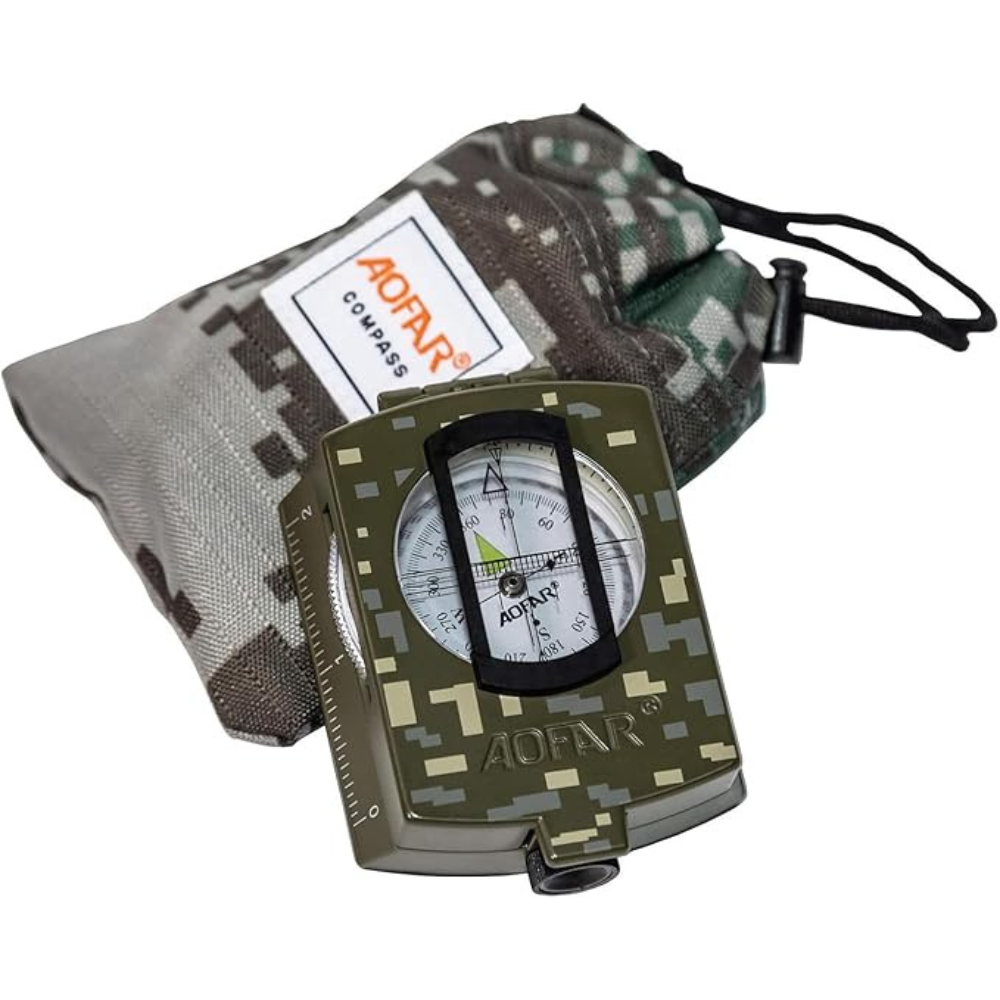
Embrace the Challenge: Choosing the Right Compass for Orienteering
Precision and reliability are paramount when selecting a compass for orienteering. These compasses feature stable, fast-settling needles for quick, accurate bearings. Their flat, transparent baseplates allow easy map reading, making them essential for competitive or challenging terrains.
Top orienteering compasses include advanced sighting tools to pinpoint distant objects, ensuring a straight path through dense areas. A sighting compass is ideal for taking precise bearings in orienteering, as it enables accurate alignment with the north pole and distant landmarks. Whether you’re a beginner or seasoned orienteer, investing in a compass with robust needle housing and sighting features can dramatically improve your navigation and enjoyment.
Connect the Dots: How to Measure Distance with a Compass
Measuring distance with a compass is as vital as finding direction. A compass with a flat transparent base lets you accurately gauge the distance between points on a map. By aligning the compass edge between two points and reading the scale, you can estimate real-world distances—crucial for route planning and energy management during hikes or orienteering.
This skill enhances real-time navigation accuracy, helping you adjust your path precisely and avoid errors. Whether using budget or high-end compasses, mastering distance measurement is fundamental for any adventurer.
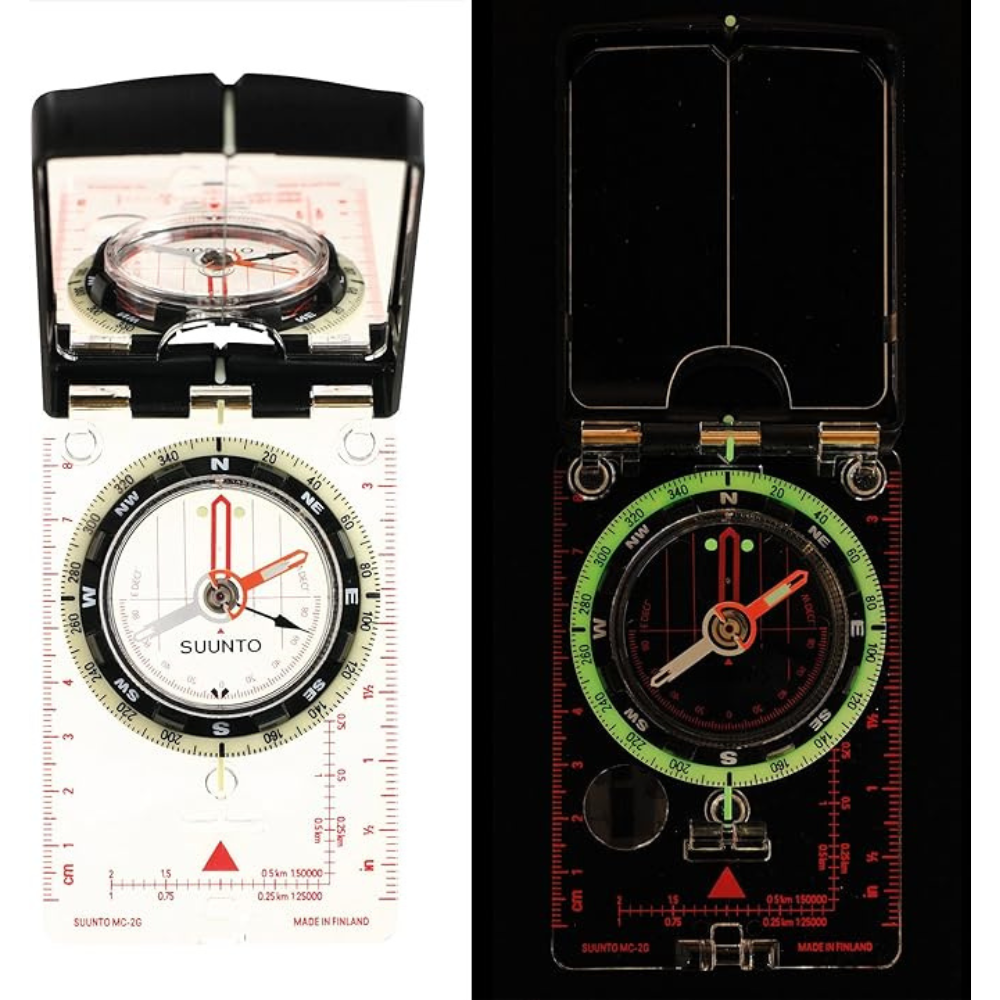
Navigate with Confidence: Enhancing Compass Accuracy for Precise Direction Finding
Accurate compass readings can mean the difference between reaching your destination or getting lost. To improve accuracy, choose compasses with adjustable declination to compensate for geographic and magnetic discrepancies, ensuring your compass points to true north.
Regular calibration is essential, especially when traveling through areas with fluctuating magnetic fields. Test your compass against known directions, such as GPS benchmarks, to maintain reliability. This practice ensures your compass guides you correctly every time.
Enhance Your Adventure: Calibrating Your Compass for Optimal Performance
Calibration is a crucial yet often overlooked step that significantly affects navigation success. Modern compasses often include built-in calibration features to maintain precision across diverse environments. Whether traversing magnetic fields or varying altitudes, regular calibration prevents misleading directions and enhances your outdoor experience.
Make calibration a habit before each journey, especially when traveling through geologically varied regions. This ensures your compass remains a trustworthy guide, helping you navigate confidently and safely wherever your adventures lead.
Journey Through Time: The Evolution of Compass Design
From ancient Chinese lodestones to today’s sophisticated digital models, the compass has evolved to meet the demands of precise navigation. Originally used for geomancy, the compass became indispensable for explorers and travelers alike, with each iteration improving accuracy.
Over time, other compasses—such as specialized models with sighting mirrors, magnifying lenses, or digital features—have emerged to address specific navigation needs and offer greater versatility in various situations.
Modern compasses integrate technologies like GPS and digital displays, enhancing usability and reliability. These innovations provide real-time location updates and directional guidance, transforming the simple magnetic needle into a comprehensive navigational tool.
Optimize Your Path: Adjusting for Magnetic Declination
Magnetic declination—the angle difference between true north and magnetic north—varies by location and affects compass accuracy. Declination varies depending on your geographic location, so it is essential to check and adjust for the current declination before each trip. Adjusting your compass to account for declination aligns your navigation with your map’s true north, improving precision and safety.
Many modern compasses feature declination adjustment, allowing you to set the angle once and navigate without constant mental calculations. Always verify your area’s declination using reliable sources like geological surveys or dedicated apps for the best results.
Explore the Depths: Best Waterproof Compasses for Water-Based Adventures
Water-based activities demand waterproof compasses that resist moisture and maintain accuracy. Reliable compasses are essential for water-based adventures to ensure safety and accuracy, especially when navigating in challenging or featureless aquatic environments. These compasses feature sealed constructions and durable materials, preventing internal fogging and corrosion.
Some models float if dropped, aiding retrieval and adding security. Look for waterproof compasses with secure straps or lanyard holes to prevent loss. Such compasses are essential for kayaking, canoeing, sailing, and other aquatic adventures, ensuring reliable navigation regardless of conditions.
Forge New Paths: The Impact of Compass Balancing on Accuracy
Compasses are balanced for specific magnetic zones; using a compass outside its intended zone can cause needle tilt and inaccurate readings. Most compasses are balanced for either the northern or southern hemisphere, and using them outside their intended zone can result in errors. A northern hemisphere compass may drag when used in the southern hemisphere, leading to errors.
For global travelers, a compass with global balancing maintains accuracy across regions. Manufacturers often offer models balanced for northern, southern, or equatorial zones. Choose a compass suited to your exploration areas to optimize navigation.
Navigate with Precision: The Role of Compass Clinometers in Enhancing Accuracy
Clinometers measure slope angles, aiding navigation in mountainous or uneven terrain. A compass for hiking with a built-in clinometer is especially useful for navigating steep or uneven terrain, helping hikers make informed decisions about their route. Hikers and geologists benefit from compasses with built-in clinometers, which provide data for safer, more efficient route planning.
Compasses like the Silva Ranger series combine clinometer functionality with traditional navigation, appealing to professionals and enthusiasts demanding precision. Consider a clinometer-equipped compass for enhanced terrain assessment and navigation.
Adapt and Overcome: How to Correct Compass Errors for Enhanced Accuracy
Compass errors can arise from magnetic interference, metal objects, or electrical sources. Cheap compasses are often less reliable and more susceptible to errors, making them unsuitable for serious navigation. Regularly verify your compass against true north and adjust using bezel rotation or built-in screws to offset declination.
Understanding magnetic declination and employing compasses with adjustment features help maintain accuracy. This proactive approach ensures your compass points correctly despite environmental challenges.
Beyond the Needle: The Role of Compass Housing in Accuracy
A well-designed compass housing allows the needle to swing freely and settle quickly, providing reliable readings. It also protects internal components from dust, moisture, and shocks, enhancing durability.
While a small compass is convenient to carry due to its compact and lightweight design, it may sacrifice some accuracy compared to larger, more robust models. For rugged terrains, choose compasses with sturdy, impact-resistant, waterproof housings. The housing’s integrity directly affects your compass’s accuracy and lifespan.
Sync Your Steps: Integrating Compass and Map for Effective Navigation
Combining compass and map skills empowers adventurers to navigate effectively. Aligning the compass needle with the map’s magnetic north enhances location accuracy and route planning.
Orienteering relies on adjusting for declination to maintain precision. This integration sharpens spatial awareness and decision-making, essential for navigating dynamic environments.
Stay on Course: Impact of Temperature on Compass Accuracy
Temperature extremes can affect compass liquid, impacting needle movement and accuracy. Understand your compass’s temperature tolerance and choose models designed for harsh climates.
Temperature-stabilized compasses maintain accuracy from icy arctic regions to scorching deserts. Match your compass to your destination’s climate for reliable navigation.
The Art of Determining Direction: Tips and Tricks for Using Your Compass
Hold your compass flat and away from metal objects to avoid interference. Align the compass with your body for stability and accuracy.
Use your compass with a map by orienting the map to earth’s north using the compass’s orienting arrow. This technique aids in plotting accurate routes and enhances directional skills for a successful adventure.
Align Your Path: Using a Compass to Find a Distant Object
To navigate toward a distant landmark, hold your compass flat and align the direction-of-travel arrow with the object. Read the bearing and follow it to reach your target.
This technique is invaluable in open landscapes and enhances confidence in navigation, whether using an orienteering compass or a general-purpose model.
Trailblazers' Essential: Why a Hiking Compass is a Must-Have
A hiking compass is a vital tool for outdoor enthusiasts. Built to endure harsh environments, it features a durable body, clear needle, and easy-to-read scale.
Compasses vary by expertise and geography, with some offering built-in declination adjustment for high-latitude accuracy. A compact, accessible compass is essential for effective route planning and distance measurement on the trail.
Precision on Point: How Declination Adjustment Can Enhance Compass Accuracy
Declination adjustment is key for accurate bearings, especially near poles where magnetic anomalies occur. High-end compasses like the Brunton TruArc 20 and Suunto MC-2G offer built-in declination settings, ensuring your compass points to true north.
This feature distinguishes advanced orienteering compasses from basic models, enhancing reliability in serious navigation.
Compass Innovations: Modern Features that Enhance Usability
Modern compasses incorporate mirrors and sighting notches for precise bearings, luminescent markings for low-light use, and global needles for stability across hemispheres.
Adjustable declination simplifies navigation by compensating for magnetic variation directly on the device, reducing errors and improving user experience.
12. Compass Types: From Basic to Advanced
Understanding compass types helps you choose the right tool. Baseplate compasses offer clear bases and straight edges for map navigation, ideal for beginners and experts alike. They include scales for measuring distances and a direction of travel arrow for straightforward use.
Lensatic compasses feature flip-up lenses for sighting distant bearings and are favored in military contexts for their durability and precision. Mirror and sighting compasses enhance accuracy by reflecting the dial and needle, aiding in precise heading alignment—perfect for advanced navigators.
5. Coghlan's Lensatic Compass
Description: Coghlan's Lensatic Compass is a compact, budget-friendly option for casual hikers and campers. It features a classic military design with a floating lensatic dial and luminous navigation points.
Exclusive Insights:
- Classic Military Design: Durable and time-tested.
- Luminous Points: Enhances visibility in dark environments.
- Compact and Lightweight: Easy to carry on any adventure.
- Cost-Effective: Ideal for those on a tight budget.
Customer Review: "For casual hiking trips, Coghlan's compass has been a reliable companion. It's simple, effective, and very affordable. Great for anyone who needs a basic compass without all the bells and whistles." - Tom, weekend camper.
6. Eyeskey Multifunctional Military Compass
Description: The Eyeskey Multifunctional is a versatile military compass that includes a clinometer, a sighting lens, and a robust metal body. It's designed for those who need a dependable tool for detailed navigation.
Exclusive Insights:
- Clinometer: Helps in measuring angles and slopes.
- Metal Body: Ensures durability and longevity.
- Sighting Lens: Increases the accuracy of readings.
- Versatile Use: Suitable for various outdoor activities.
Customer Review: "The Eyeskey compass is seriously tough and accurate. I've used it on several hunting trips, and it's always been spot-on. The metal body can take a beating, and the clinometer is a handy feature for assessing terrain." - Mike, avid hunter.
7. Garmin High Sensitivity GPSMAP 64st
Description: Garmin's GPSMAP 64st is a high-end GPS receiver with a built-in compass and barometric altimeter. It's designed for serious adventurers who need precise navigation tools in challenging environments.
Exclusive Insights:
- High-Sensitivity GPS: Locks onto satellites quickly.
- Barometric Altimeter: Provides elevation data.
- Wireless Connectivity: Allows for data sharing with other devices.
- Extensive Mapping: Includes preloaded topographic maps.
Customer Review: "The Garmin GPSMAP 64st is an explorer's dream. The GPS is incredibly accurate, and the additional compass and altimeter features make it indispensable on my mountain treks. It's worth every penny for the serious adventurer." - Rachel, mountain explorer.
8. Orienteering Thumb Compass
Description: Specifically designed for the sport of orienteering, this thumb compass combines speed with accuracy. It attaches to your thumb, allowing you to read it quickly without breaking stride.
Exclusive Insights:
- Fast Attachment: Clips to the thumb for quick reading.
- Stable Needle: Reduces jitter and improves reading speed.
- Lightweight Design: Minimizes interference with activities.
- Orienteering Optimized: Tailored for competitive use.
Customer Review: "Using the thumb compass has improved my orienteering times significantly. It's super quick to read, and being able to keep it on my thumb means I can move faster through the course. A must-have for competitive orienteers!" - Samantha, professional orienteer.
9. AOFAR Military Compass AF-4580
Description: The AOFAR AF-4580 is a military-grade compass that offers robustness and precision. It features a fluorescent dial for night navigation and a metal body that withstands environmental challenges.
Exclusive Insights:
- Fluorescent Dial: Ideal for low-light conditions.
- Durable Metal Body: Built to endure tough environments.
- Precision Engineering: Offers highly accurate readings.
- Waterproof and Shakeproof: Suitable for all weather conditions.
Customer Review: "I took the AOFAR AF-4580 on a survival training course, and it was flawless. The fluorescent dial was a lifesaver at night, and its rugged design stood up to some rough handling. It's a solid, dependable compass for any serious outdoorsman." - Carl, survival instructor.
Navigating Your Choices
Choosing the right compass involves understanding your specific needs and the environments you'll be exploring. Whether you opt for a simple model for casual hikes or a high-tech GPS hybrid for complex expeditions, the key is finding a compass that offers reliability, accuracy, and ease of use.
Remember, a good compass not only points you in the right direction but also ensures that you enjoy your adventures safely and efficiently. So, equip yourself with one of these top-notch compasses and embrace your next outdoor adventure with confidence!

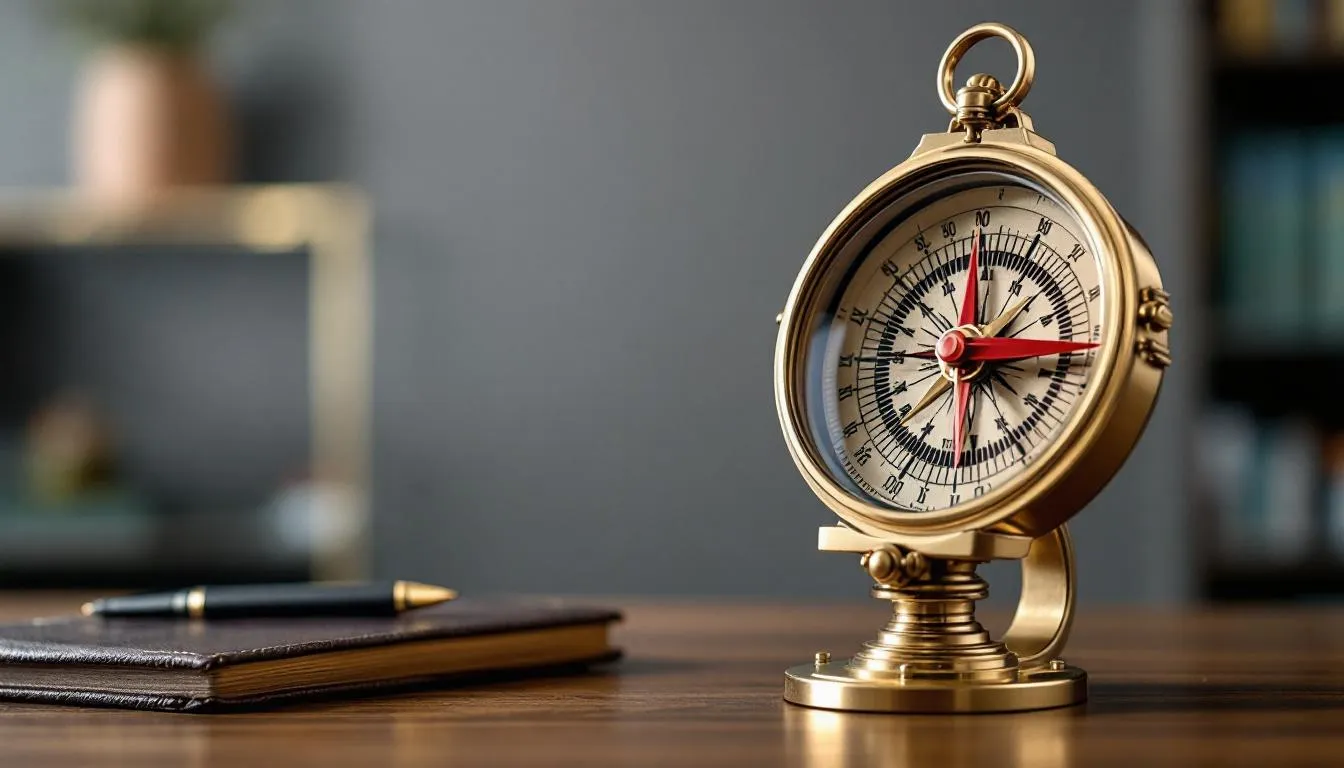
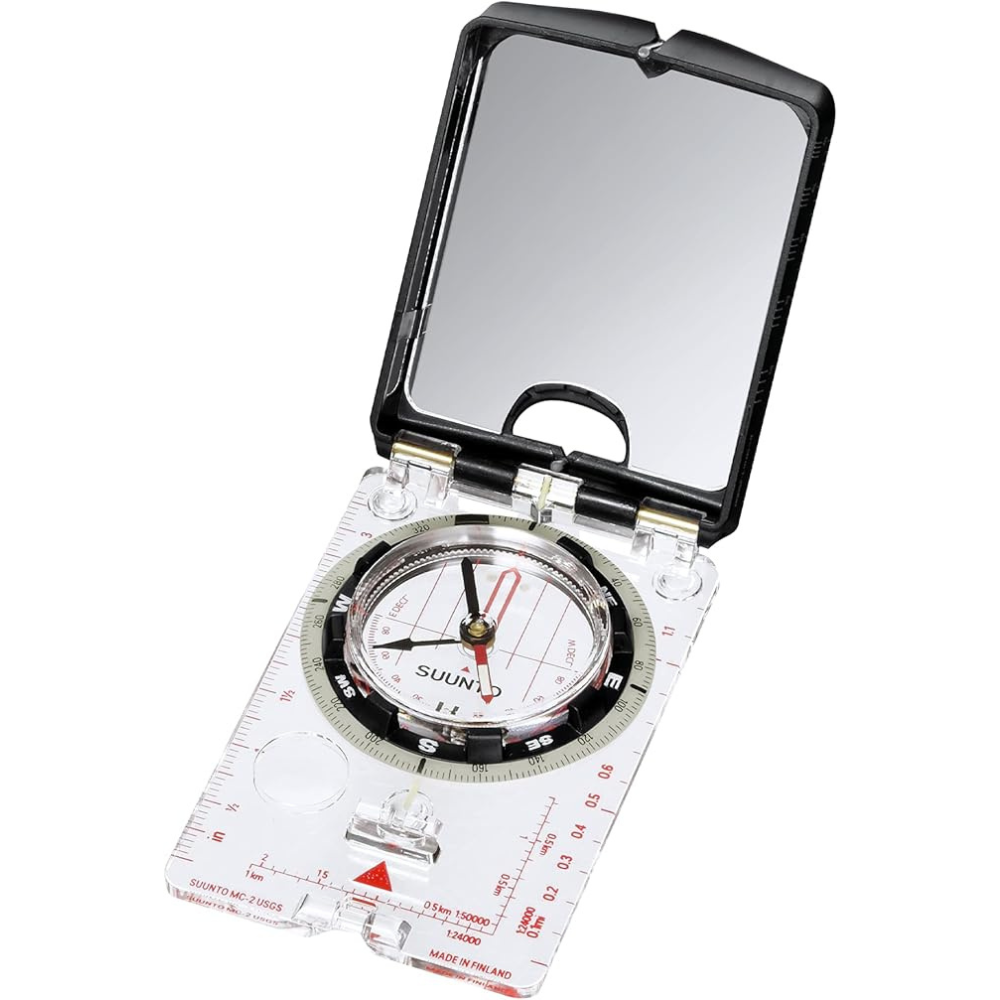
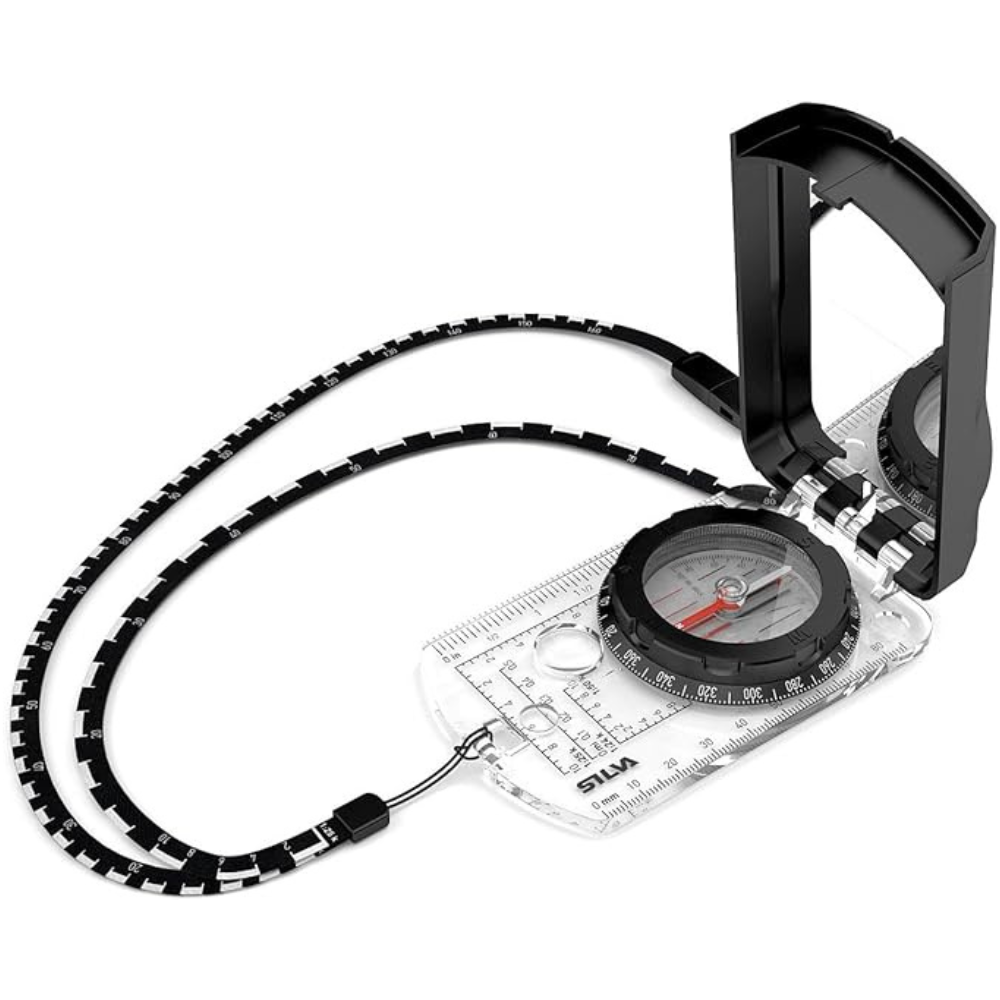
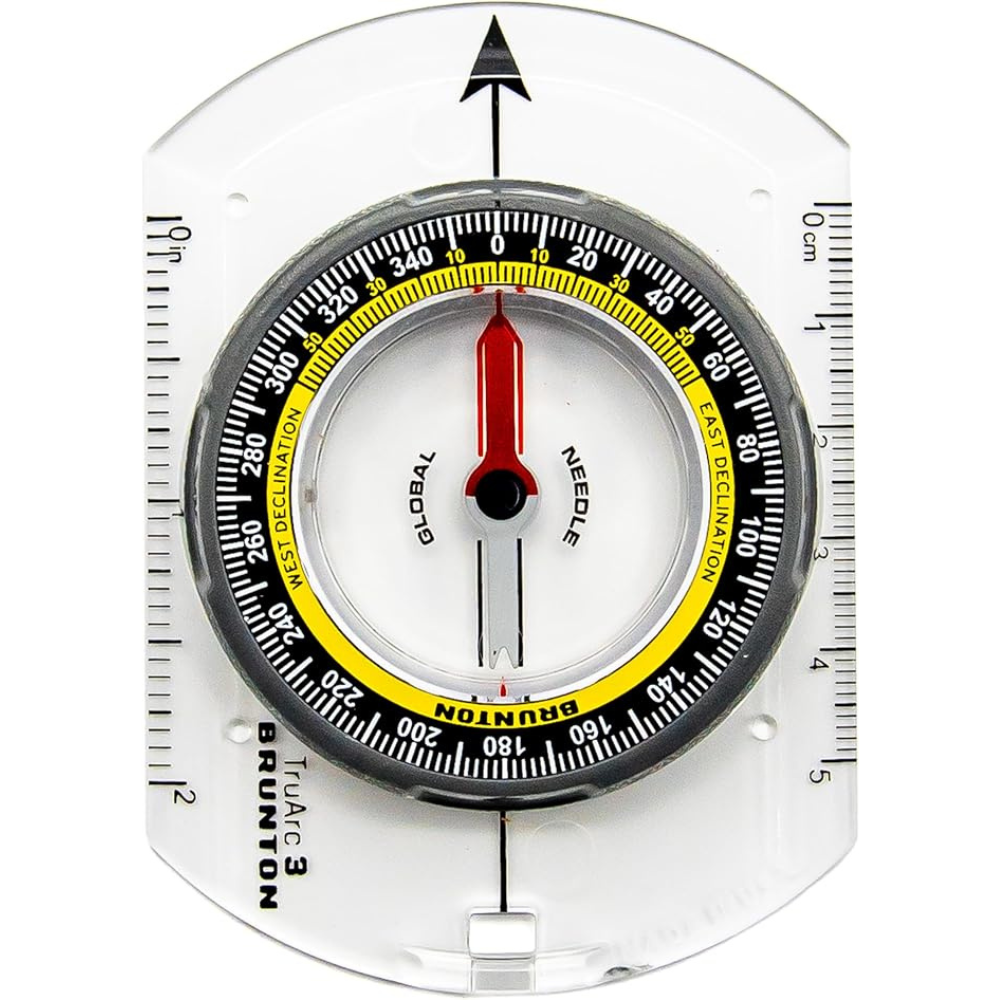
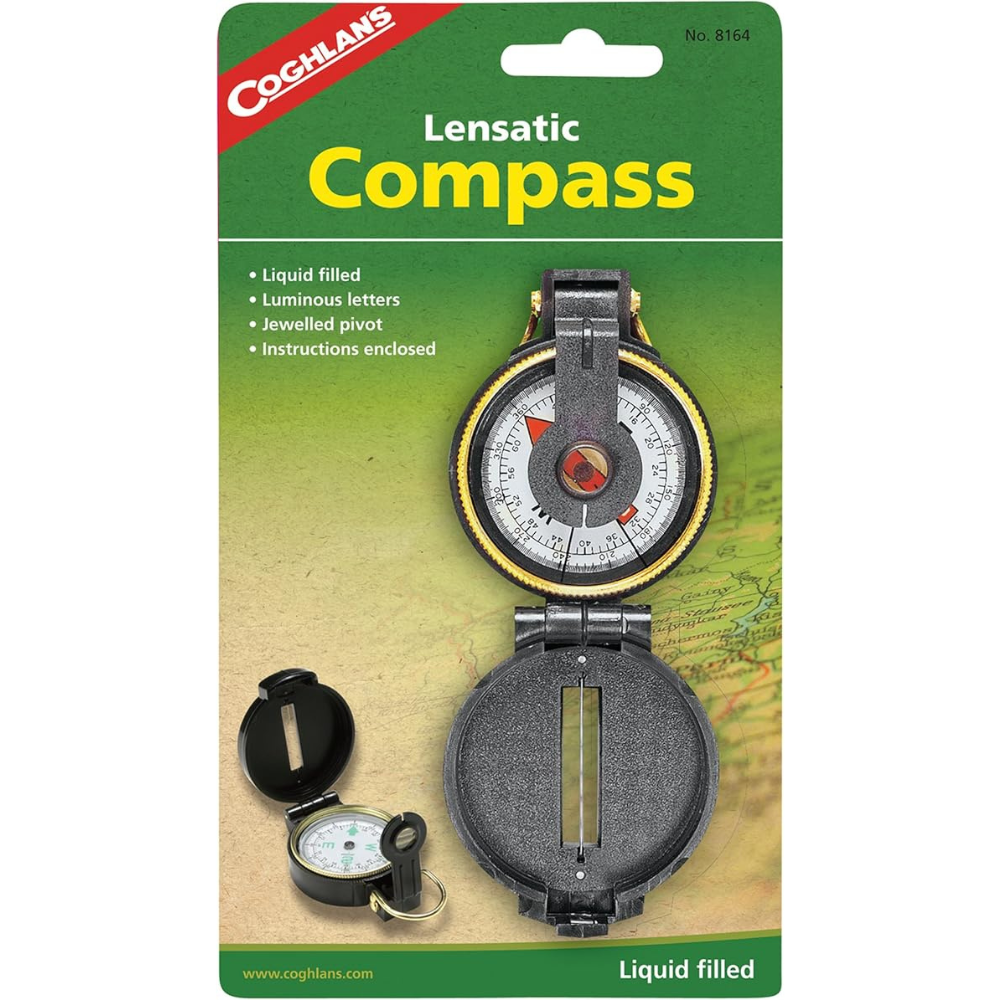
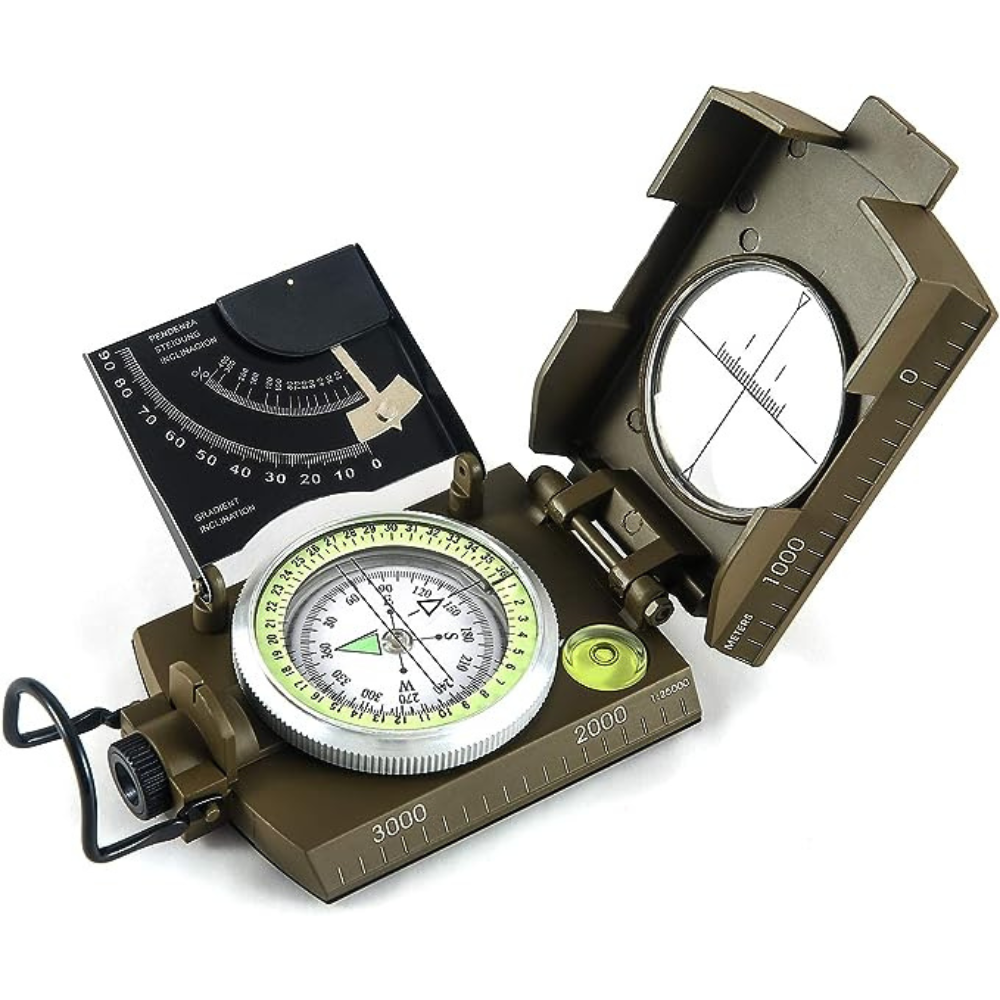
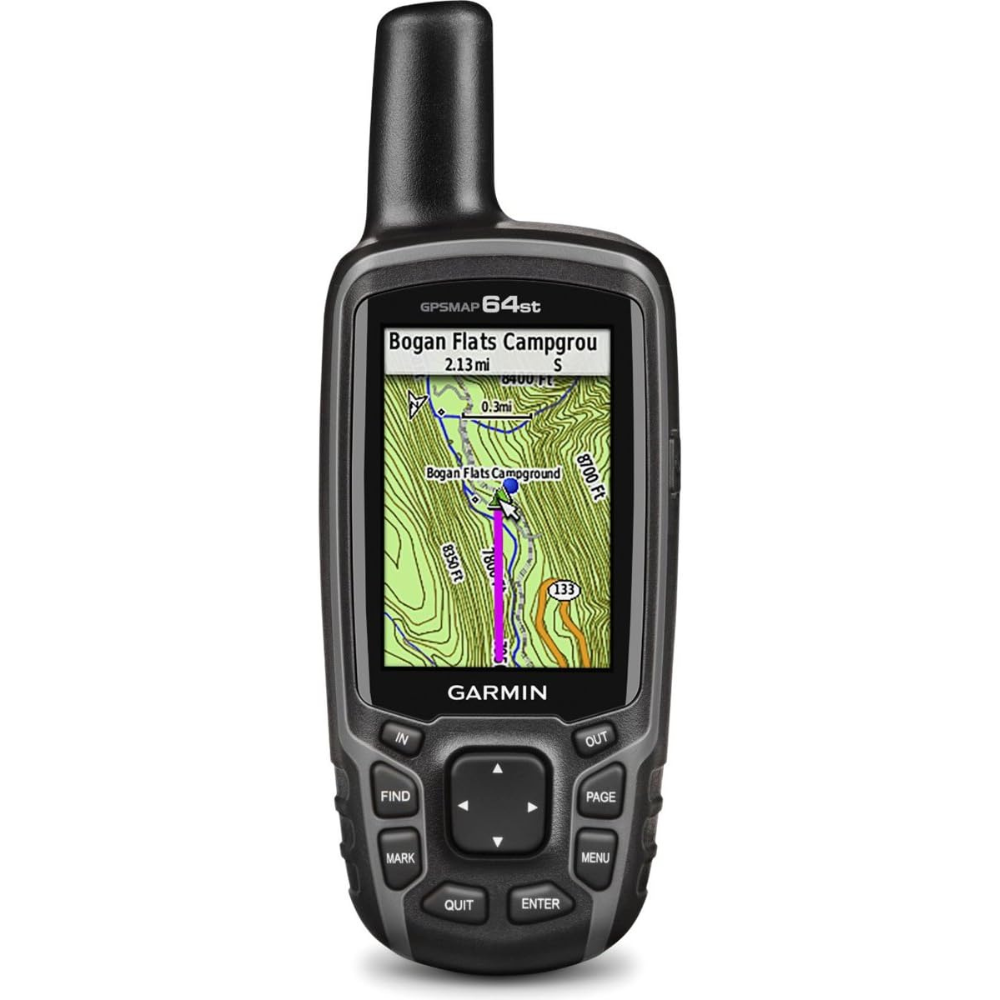
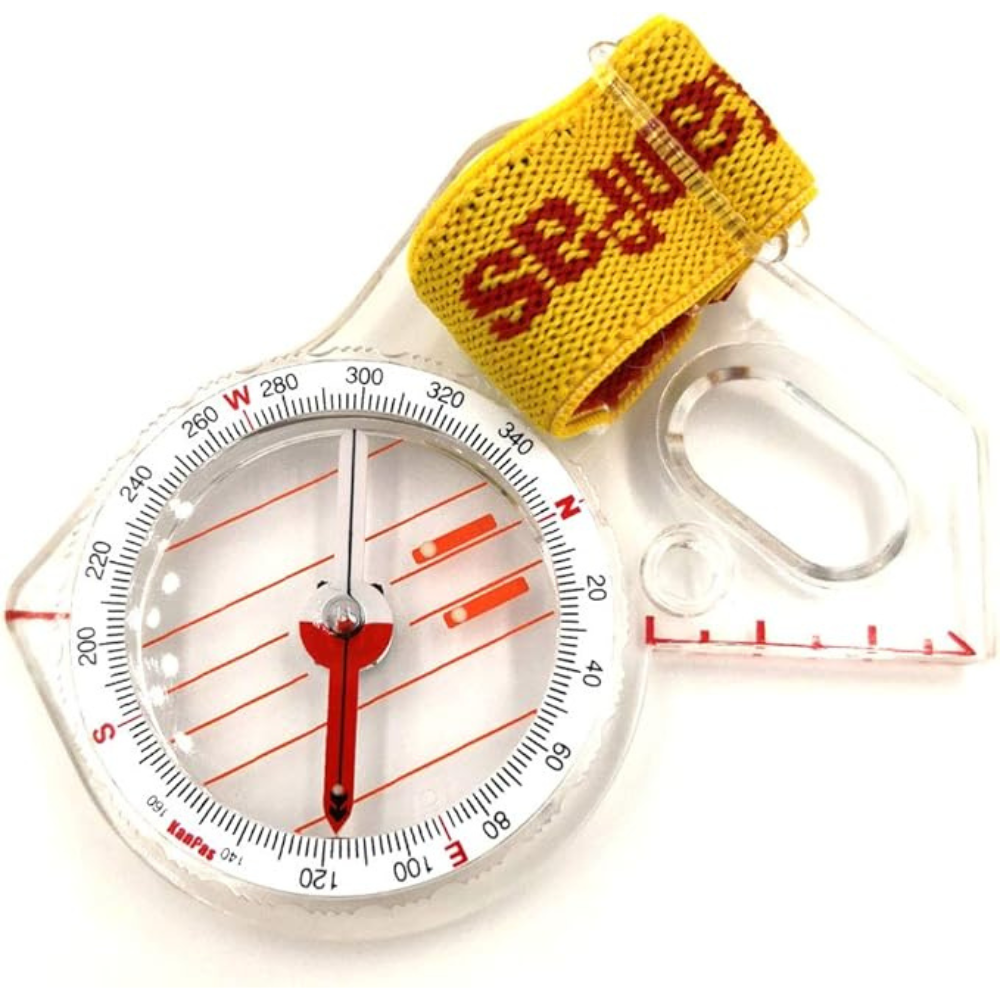

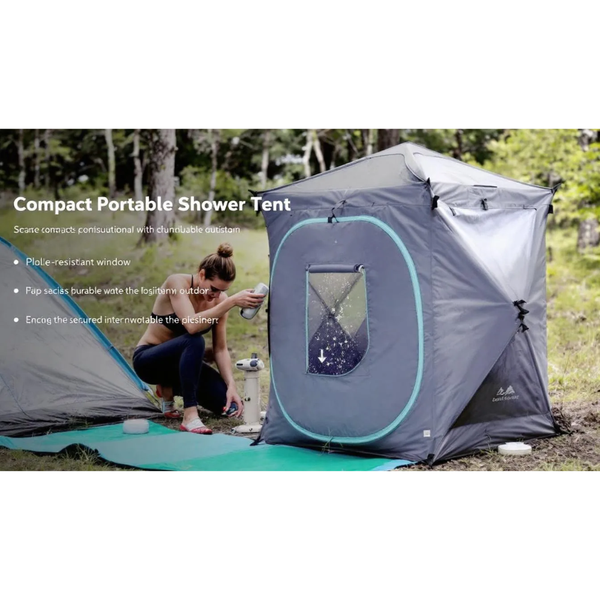

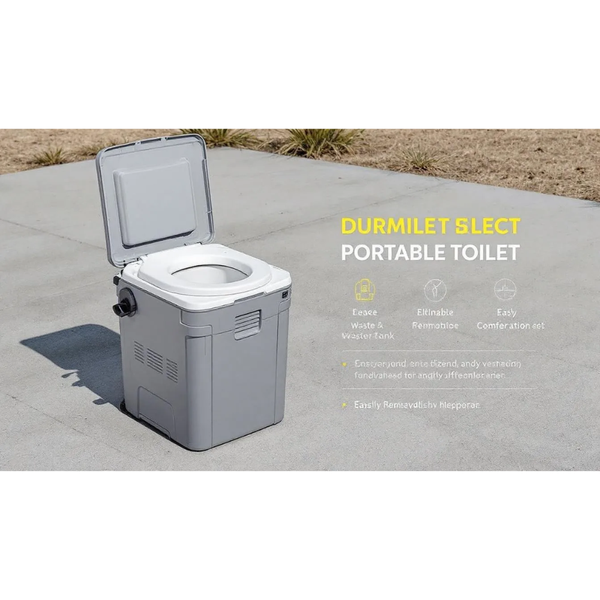
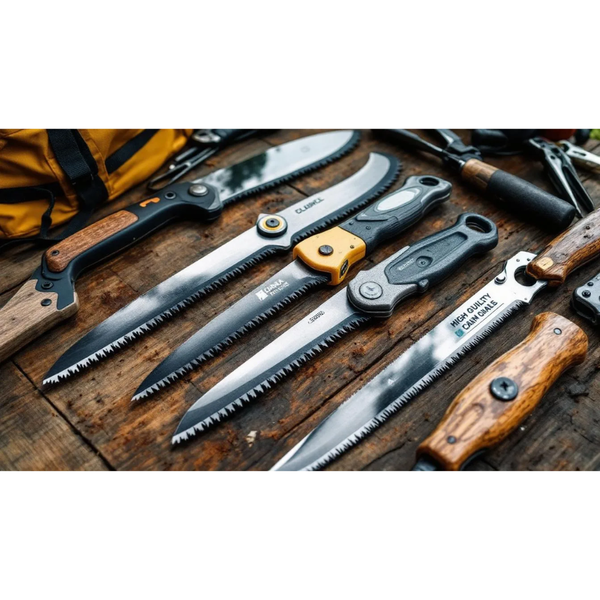
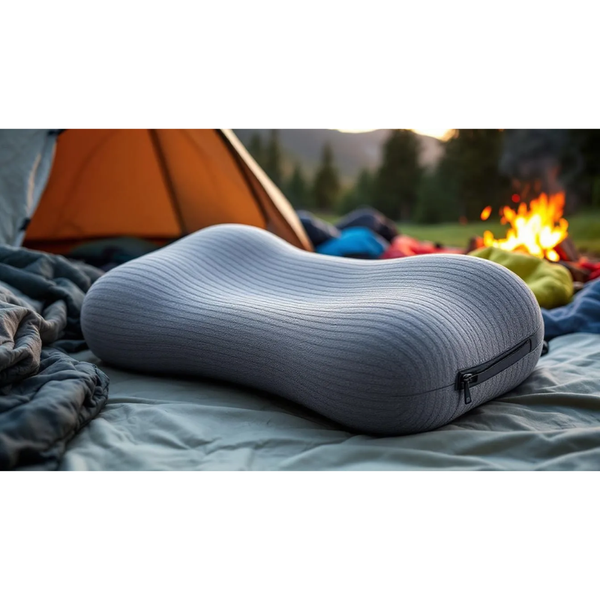
Member discussion